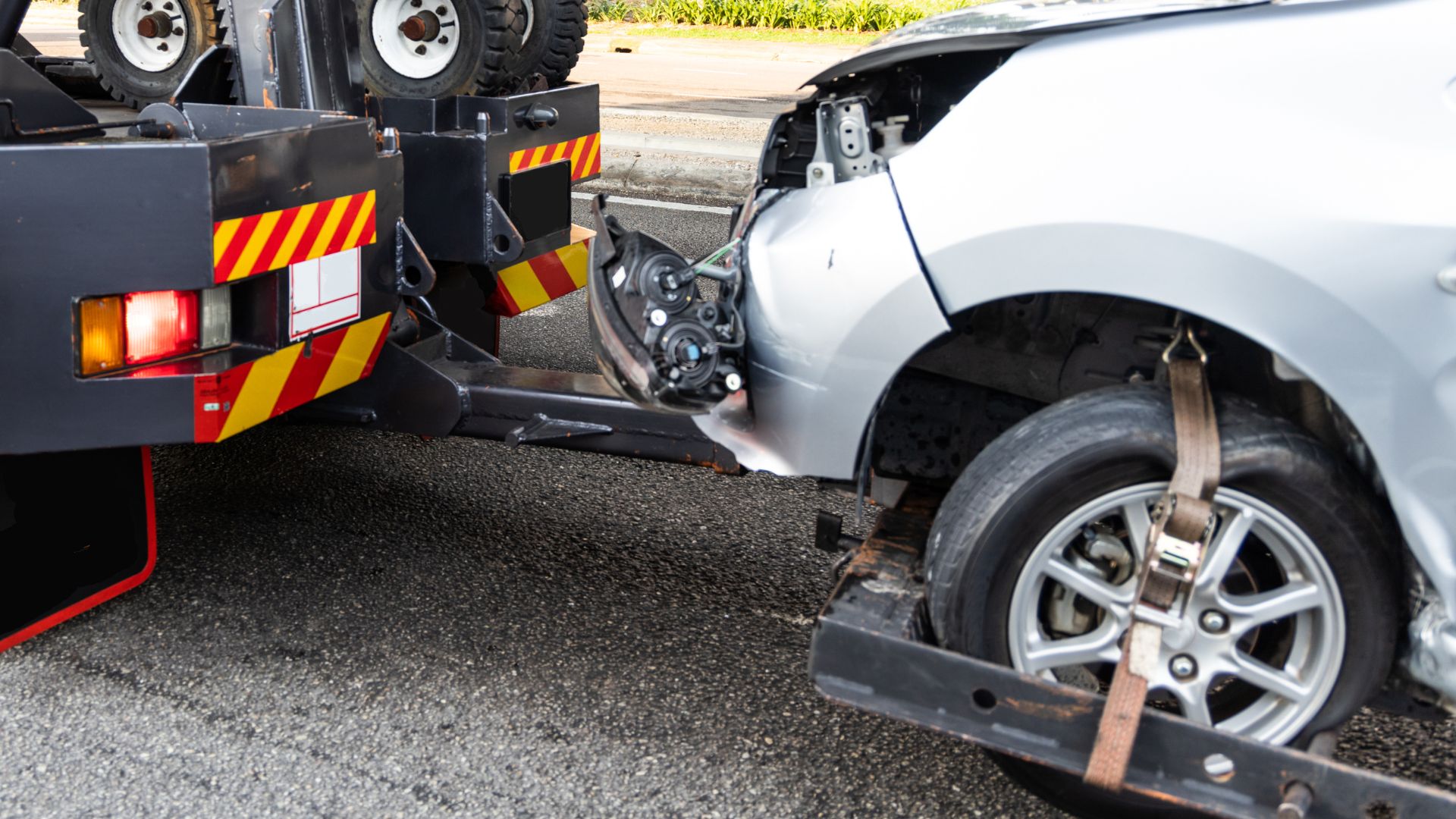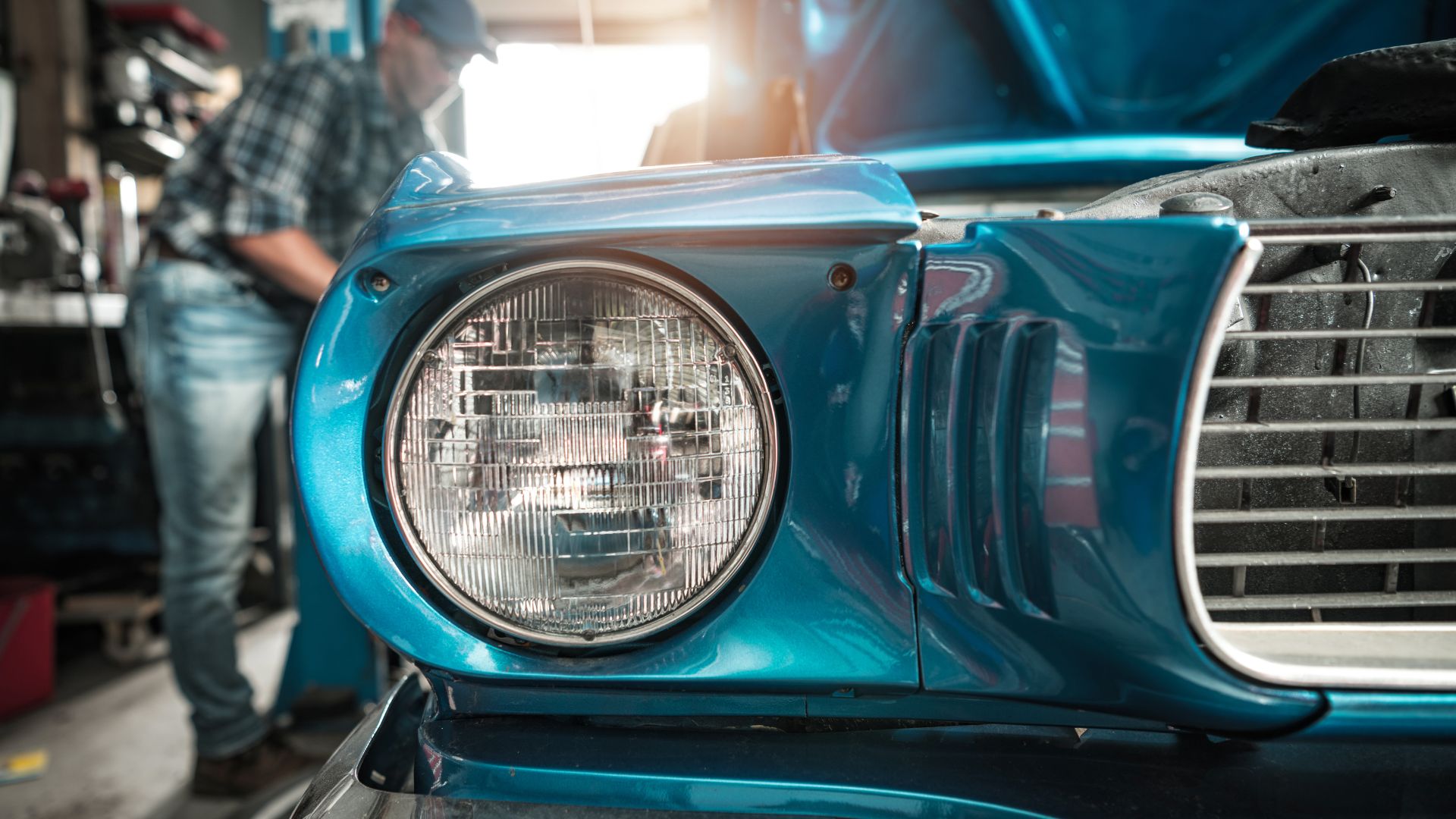How to Prepare Vintage and Luxury Cars for Safe Shipping

Vintage and luxury cars are more than just vehicles; they’re investments, passion projects, and pieces of history. Shipping such high-value assets requires meticulous planning and preparation to ensure they arrive safely at their destination. The unique characteristics of these cars—whether it’s their rare components, delicate finishes, or high monetary value—demand extra care during transit.
In this guide, we’ll outline the essential steps to prepare vintage and luxury cars for safe shipping, from selecting the right transport option to ensuring proper insurance coverage.
Choosing the Right Transport Option for Vintage and Luxury Cars
Open Transport vs. Enclosed Transport
For high-value vehicles, choosing the right transport method is crucial. While open transport is more affordable, it leaves cars exposed to weather, road debris, and other potential risks. Enclosed transport, on the other hand, offers enhanced protection by shielding vehicles inside a covered trailer.
Enclosed transport is highly recommended for vintage and luxury cars as it minimizes exposure to external elements and provides a controlled environment for secure transit.
Door-to-Door vs. Terminal-to-Terminal Shipping
Door-to-door shipping is often the preferred choice for luxury car owners, as it ensures the vehicle is picked up and delivered directly to specific locations, reducing handling risks. However, terminal-to-terminal shipping can be a cost-effective option in areas with well-maintained terminals. Discuss these options with your transporter to determine the best fit for your needs.
Steps to Prepare Vintage and Luxury Cars for Shipping
Clean and Inspect the Vehicle
Before shipping, give your car a thorough cleaning to make pre-shipment inspections easier. Dirt and grime can hide scratches or dents, so a clean exterior ensures you can accurately document the vehicle’s condition.
Take high-resolution photos from multiple angles, including close-ups of any pre-existing damage. This documentation will be critical for insurance claims if issues arise during transit.
Perform a Maintenance Check
Conduct a basic maintenance check before shipping:
- Ensure fluid levels (oil, coolant, brake fluid) are adequate.
- Check the battery to ensure it’s fully charged.
- Inflate tires to the recommended pressure.
Address any leaks or mechanical issues in advance to avoid complications during transport.
Secure and Protect the Car’s Exterior
For additional protection, consider using a high-quality car cover or bubble wrap, especially for vintage cars with delicate finishes. Remove or secure any loose parts, such as mirrors or spoilers, to prevent damage during transit.
Disable Alarms and Electronics
Deactivate car alarms to avoid unnecessary disturbances during transport. If your luxury car has advanced electronics, ensure they’re powered down to prevent battery drain.
Remove Personal Items and Custom Accessories
Transport companies typically prohibit personal items inside vehicles. Clear the interior of belongings and detachable accessories, such as GPS devices or aftermarket upgrades, to reduce weight and minimize the risk of theft or damage.
Understanding Insurance Coverage for Vintage and Luxury Cars
Verify the Transporter’s Insurance Policy
Ask the transport company for a copy of their insurance policy. Ensure it covers the full value of your vehicle and check for exclusions related to rare or vintage components.
Purchase Additional Insurance if Necessary
For high-value cars, consider purchasing third-party insurance to supplement the transporter’s policy. Specialized coverage ensures that your car, including rare parts, is fully protected against unforeseen events.
Communicating with the Transport Company
Provide Detailed Instructions for Handling
Luxury and vintage cars often have unique handling requirements. Communicate specific needs, such as low-clearance concerns or fragile components, to the driver. Providing written instructions ensures these details are followed precisely.
Confirm Pickup and Delivery Arrangements
Discuss the logistics of pickup and delivery with your transporter. Choose secure locations that allow for careful loading and unloading, reducing the risk of accidental damage.
Preparing for Enclosed Transport
Advantages of Enclosed Transport for High-Value Vehicles
Enclosed transport offers superior protection against weather, debris, and road hazards. While it’s more expensive than open transport, the added peace of mind is worth the investment, especially for irreplaceable vehicles.
Ensuring the Transporter Has the Right Equipment
Verify that the transporter uses specialized equipment, such as hydraulic lifts for low-clearance cars and soft straps to prevent scratching. These tools are essential for safely securing luxury and vintage vehicles.
Tracking and Monitoring During Shipping
Using GPS Tracking Services
Many modern transport companies offer GPS tracking, allowing you to monitor your vehicle’s journey in real time. This feature provides transparency and peace of mind throughout the shipping process.
Staying in Communication with the Transporter
Maintain regular contact with the shipping company for updates on your car’s status. Prompt communication ensures you’re informed about any delays or changes in plans.
Receiving the Vehicle After Shipping
Inspecting the Vehicle Upon Delivery
Upon delivery, inspect your car thoroughly for any signs of damage. Compare its condition to the pre-shipment photos and document any discrepancies.
Finalizing Insurance Claims if Needed
If damage is found, notify the transporter immediately and contact your insurer to begin the claims process. Clear documentation will streamline the resolution.
Special Considerations for Vintage Cars
Dealing with Fragile Parts and Components
Vintage cars often feature delicate materials like wood, leather, or antique finishes. Work with transporters experienced in handling such vehicles to ensure proper care.
Handling Cars with Historical Significance
For cars with historical or sentimental value, additional precautions, such as custom packaging or dedicated transport, may be necessary. Always verify that the transporter has expertise in handling rare vehicles.
Conclusion
Shipping vintage and luxury cars requires meticulous preparation, from choosing the right transport method to ensuring proper insurance coverage. By following these steps and working with a reputable transporter, you can protect your high-value vehicle and ensure it arrives safely at its destination.
Latest articles

5 min read
From Salvage to Showroom: Transporting Wrecked Vehicles for Repair and Resale
Not all wrecked vehicles are destined for the junkyard. Many salvage-title cars find new life aft...

5 min read
Auto Transport for Expats: How to Move Your Car Overseas Without Hassle
Relocating to a new country is an exciting adventure, but for expats, moving a car overseas can b...

5 min read
How to Ship a Classic Car for Restoration: Best Practices and Tips
Shipping a classic car for restoration is a delicate process that requires careful planning and e...